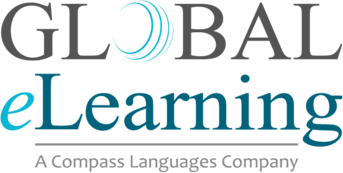Myths of Localization
Localization Myths
As I was watching television last night I came across Myth Busters, which is one of my favorite all-time shows. Inspiration struck, I thought why not do a Myth Busters for the translation localization industry especially when I regularly get replies from emails citing examples of why translation services are not needed though many of the items are exact reasons why our services are needed. So, without further ado here is Myth Busters Translation/Localization version.
Myth 1: We are a global company and the requirement is that everyone speaks English so therefore there is no need for us to translate our L&D content.
Well, I certainly understand the need/want for everyone in the company to speak English. However, understanding that 90 percent of people prefer to learn in their native tongue is a key statistic here. This means that if your training content is not translated and localized into their native language your employees will be less motivated, not empowered and perhaps the worst of all your content will be ineffective. In translating and localizing your L&D content you’re essentially sending a message to your global employees that you value and respect their culture which in turn lets them know that they you see the value in what they bring to the company.
Myth busted.

Myth 2: Our company is global and we use internal resources for all of our translation needs, thus we have no need for an external provider.
While using internal resources can be a cost-effective way to translate, on the contrary, it can also be very costly to translate, let me explain. By having full-time employees translate material it takes away from the normal jobs that they were hired to perform. In addition, it creates a longer turn-around time and opens the door for inconsistency from document to document. Without significant investment into translation tools along with developing a glossary, items could potentially be called different terms, confusing internal and external audiences alike.
However, there are some advantages to having your employees translate and localize material. Certainly, your employees know the language of the industry and your company better than what an outside vendor would. So, here’s our solution to bridge that gap, our team has created a process the bridges the gap between our linguists and your employees. By doing this, it allows us to streamline the process and helps us get it right the first time. It allows the content to look as if your global team had created on its own but will the turnaround time be faster and the overall cost will be lower.
Myth Plausible
Myth 3: The content was created in English and will translate easily into other languages.
While the content has been created in English and might’ve had some localization aspects in mind, it is difficult to create the perfect piece of content without having localization experts helping. Often times there are images or idioms that are included in the training that doesn’t translate or work well in other cultures. Having these images or idioms in the training content will cause the audience to get hung up (possibly subconsciously) and therefore less effective.
Myth Busted
At Global eLearning, we took our time to develop a unique set of processes designed at attaining the desired outcomes of your L&D content while enhancing the quality and enjoyment of an international audience.



